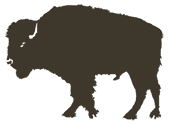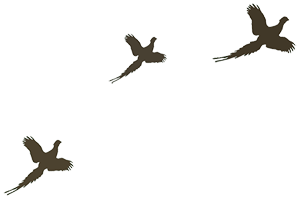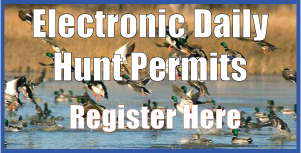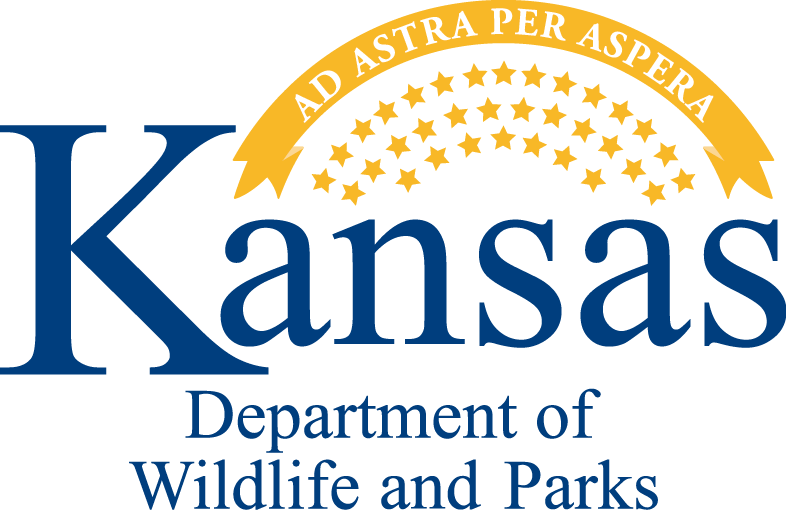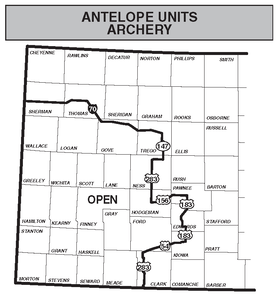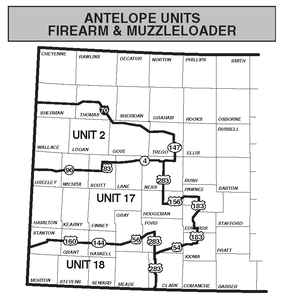Antelope
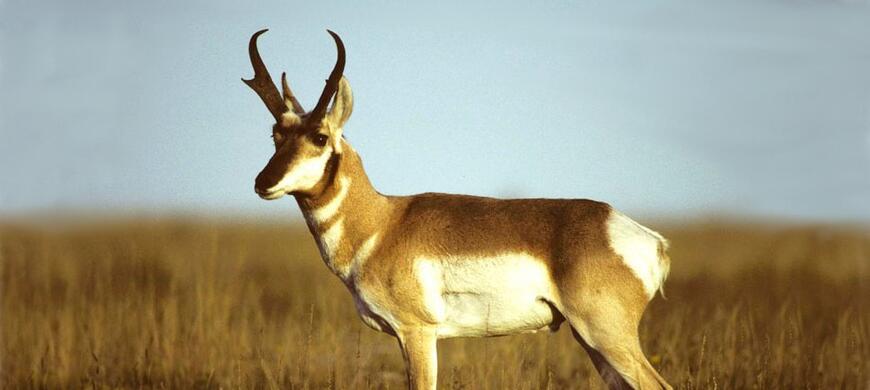
NEW – Note on “Point Creep”
When demand for limited-draw permits increase at a rate greater than permits are made available, the amount of preference points required to draw that permit can “creep up” or grow over time.
In an effort to mitigate “point creep” for limited-draw antelope permits in Kansas, the Kansas Wildlife and Parks Commission approved the following change in September 2022:
- Antelope hunters may either purchase a preference point (especially if unsuccessful in applying for a limited-draw permit) OR purchase an over-the-counter archery permit.
- Antelope hunters may no longer purchase an antelope permit AND a preference point in the same year.
The antelope, or more accurately, the pronghorn, is a unique species to North America. Historically, pronghorn ranged throughout the western three-fourths of Kansas and were considered nearly as numerous as bison. But by the late 1800s and early 1900s, unregulated harvest reduced pronghorn to the western border of the state. Trap and transplant efforts were initiated in 1964 in Wallace and Sherman counties. Later (1978-1983), pronghorn were reintroduced into Barber, Comanche, Ellsworth, Saline, Gove, and Morton counties. A Flint Hills population of pronghorns was also established in Chase County with releases in 1978 and 1979, 1982 and 1983, and 1991 and 1992. The western Kansas reintroductions were successful. There are about 2,000 pronghorn in the westernmost two to three tiers of counties. A few pronghorn roam Barber County, and 50 or so remain in the Flint Hills, which was the eastern edge of the historic pronghorn range in the U.S. None remain in Ellsworth and Saline counties.
As the landscape becomes more intensely developed and modified, it becomes more and more difficult to find space for larger animals like pronghorn, and landscape changes such as the loss of native prairie (to agriculture, urbanization, and tree growth resulting from fire suppression) have not been favorable for pronghorn. Even fences can present a significant barrier to pronghorn movement and survival. As a result of these things, the amount of good pronghorn habitat is limited in Kansas. Even areas with extensive native grassland like parts of central Kansas that might appear to be suitable for pronghorn have seen reintroduced animals dwindle or disappear. There is a healthy population of pronghorn in Kansas, but they are primarily restricted to the west.
The first pronghorn hunting season in Kansas occurred in 1974. Nearly 500 hunters applied for the 80 permits available. Seventy pronghorns were harvested. Today, hunting is restricted to three management units that include parts or all of Sherman, Thomas, Wallace, Logan, Gove, Trego, Greeley, Wichita, Scott, Lane, Ness, Hamilton, Kearny, Finney, Gray, Hodgeman, Ford, Stanton, Grant, Haskell, Morton, Stevens, Seward, Meade and Clark counties. Firearms and muzzleloader permits are limited to residents only, and about 170 permits are authorized each year. Archery hunters can purchase pronghorn permits over the counter.
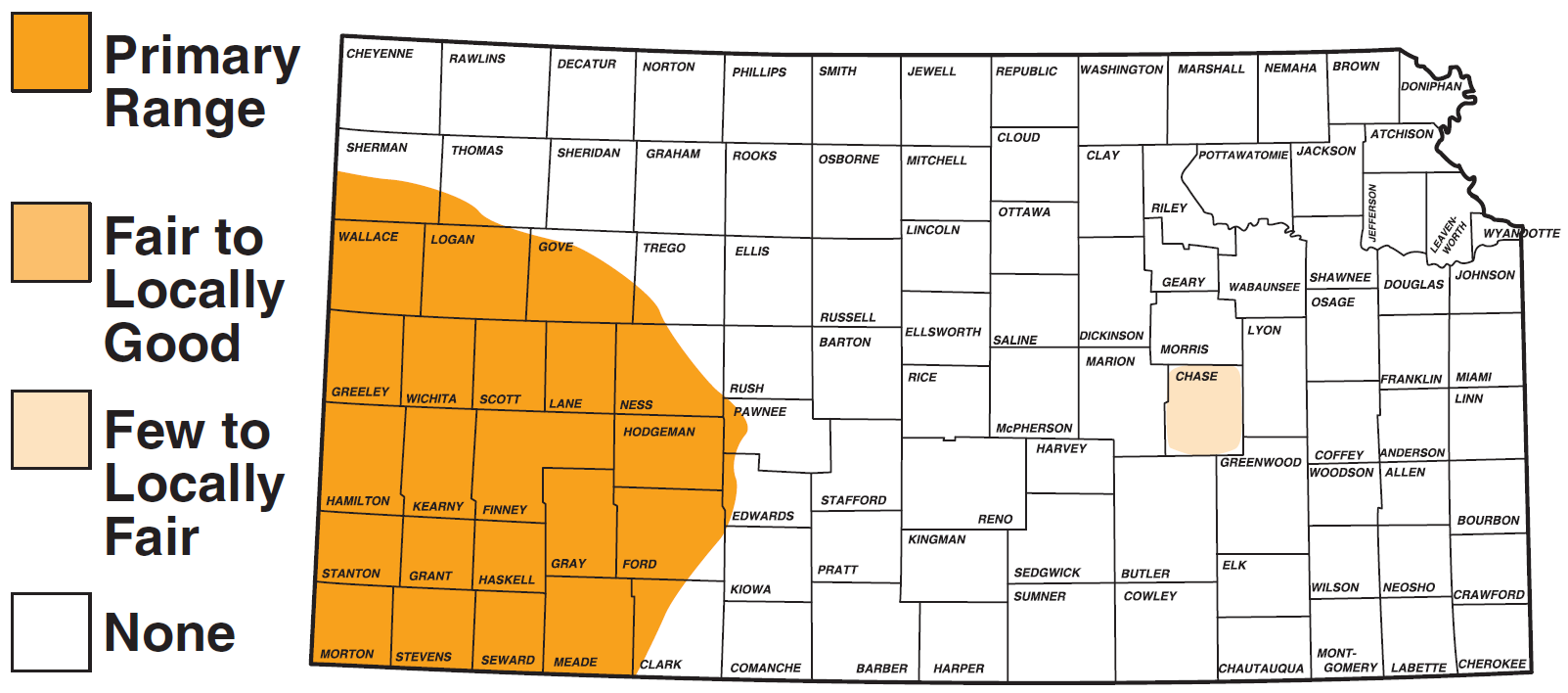
Dates: 09/20/2025 - 09/28/2025
Dates: 09/29/2025 - 10/06/2025
Antelope Season - Muzzleloader
Dates: 10/03/2025 - 10/06/2025
Antelope Season Dates - Firearm
The state is divided into three management units for firearms/muzzleloader and one management unit for archery hunting. Your permit has a unit number printed on it and you are required to hunt within that geographic area. Be sure to consult the maps before hunting.
Antelope Archery Unit Map
Antelope Firearms Unit Map
- Take a picture of the animal with your phone's camera making sure all the animal is visible.
- Open the Go Outdoors KS App and on the home screen, select "Harvest Reporting".
- On the "Harvest Reporting" screen you will see all your available tags.
- If you have multiple accounts on your phone, you can change to another account's available tags by selecting the name at the top of the screen. This will give you a list of everyone you have on your phone.
- Choose the tag you want to fill.
- Fill out the corresponding questions for the tag (harvest date, time, species, age, weapon used, unit and county).
- Click "Select Image" to select the picture you have taken of the animal.
- The last question, "Are you completing this Harvest Report for a Paper Carcass Tag?" If you are E-tagging select "No".
- Click "Submit" at the bottom and review all your answers for validation. Once reviewed click, "Submit" again.
- You should receive a popup success window with your E-tag confirmation number.
- If taking the animal to a processor or taxidermist, please write the confirmation down and attach it to the animal so it can stay with the animal.
To download the Go Outdoors KS mobile app to your Android device, visit: https://play.google.com/store/apps/details?id=com.brandtinfo.gooutdoorsks&hl=en_US&gl=US
To download the Go Outdoors KS mobile app to your Apple/iOS device, visit: https://apps.apple.com/us/app/gooutdoorsks/id1613997956

